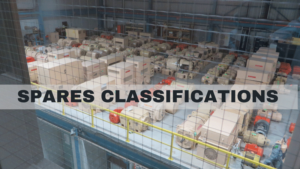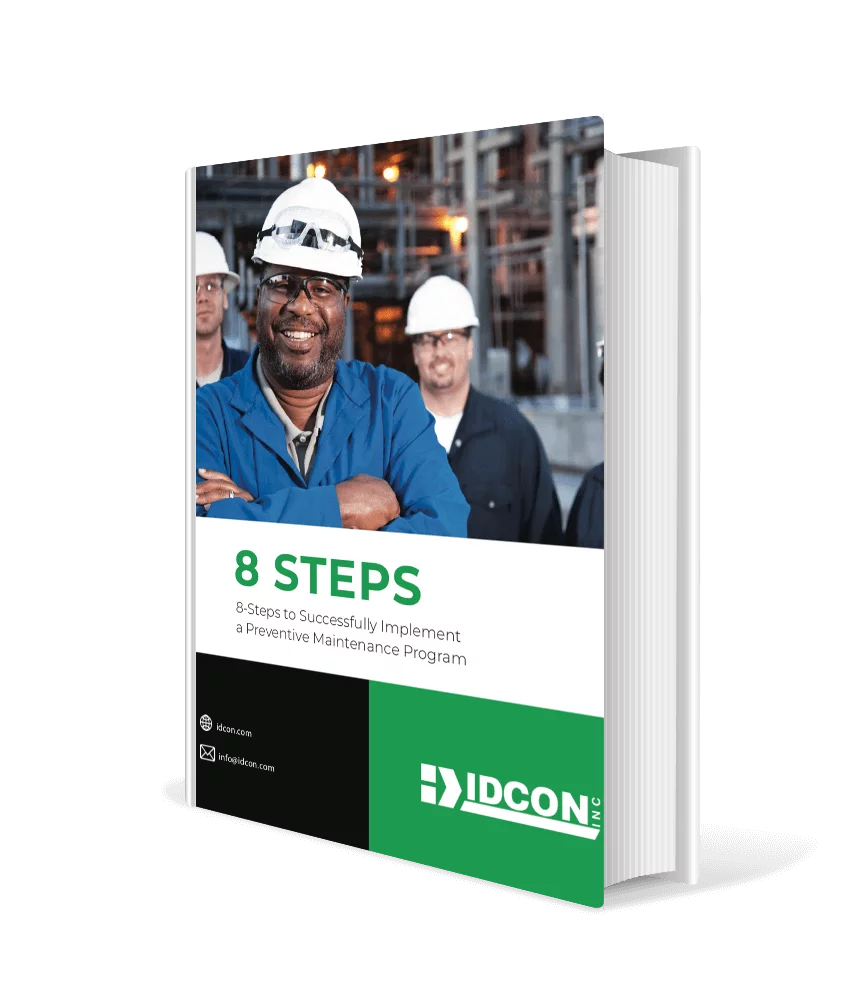There is a saying: “What you can’t measure, you can’t improve”. The saying are not necessarily always true, but it is interesting, because I think a derivative of the saying is true: “What you measure, is usually what you get.”
Reducing Inventory Value
It is common for plants to have a lot of focus on reducing inventory value. Inventory value is one of those numbers that acts like salt in a wound for corporate accountants. No, it doesn’t matter if it’s high or low, it always hurt to look at the number. Most of the time we don’t know if the number is too high or too low, we just know we want the number to be lower.
Cost of Keeping Spare Parts and Materials
The cost for keeping inventory is usually an estimated number, often called “inventory interest” (or similar), that varies from 10-40% depending on company accounting rules. The cost included storeroom, storeroom personnel, depreciation, etc. If you have a spare parts and materials inventory value of 10 Million, it costs the company 1-4 Millions (10-40%) a year to keep that spare parts and materials inventory.
The Problem
Since it is common that inventory value is the only number the plant really cares about, it tends to get reduced. But, anyone can reduce inventory value very easily, IF it’s the only thing that matters. I can tell you to scrap all spare parts right now bringing your spare parts and materials inventory to zero. But the consequences will be devastating to production since we don’t have any spare parts.
Measure a “Counterweight”
Spare parts inventory value is important, but to effectively reduce spare parts inventory value, the “counterweight” has to be measured as well. The counterweight to inventory value can be “stock-outs” for example (times we get the spare part needed divided by total request for spare parts). When stock outs go over around 4-5%, you will start seeing signs of people not trusting the store room. These signs are spare parts in supervisors office, satellite stores, spare parts in crafts peoples toolboxes etc.
Other Indicators
Other indicators that may be valuable for store room control are:
- IRA – Inventory Record Accuracy
- Turnover rate by Part
- Number of Returned Parts to Stores
- Service Level (inverse of stock out)
- Critical Spares stock out





